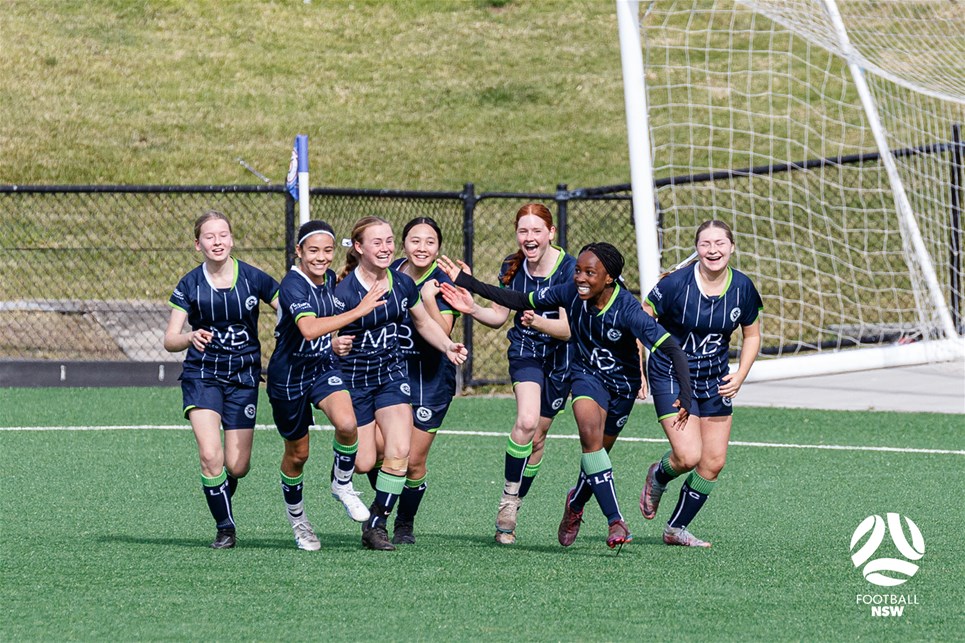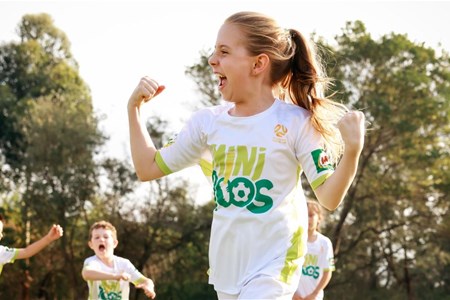Let Them Play!

Any group of players will have a range of interests and abilities, just because players are of the same age does not mean that their desires and needs are the same. This creates a challenge for the coach. How does the coach provide the best experience for each of the players in their group?
As an example, a player who is 10 years old may be quite physically mature, whereas another 10-year-old player may be a late developer physically but may have a greater understanding of the game. It is the coach’s duty to get to know each of the players in their squad and their individual needs. As players are generally placed in squads of similar age this may create some discussion amongst parents as to the differing levels of ability and the coaches’ approach with each individual. Therefore, the coach needs to provide parents with an understanding of the way they will work with the players, this can be done by:
- Having a pre-season parent meeting to outline your coaching methods and plan for the year
- Regular communication with your parent group
- Keeping the parent group a part of the team, not just apart from the team
For children’s all-round development it is important that young players are encouraged to participate in a range of sports and activities as this helps to lay a sound foundation for positive experiences in sport and physical activity.
As well as providing a foundation for a positive experience skills and behaviours of a range of sports can be transferable to support a child’s football development. As an example a young player who plays tennis may try to come to the net to narrow the angle against their opponent, whilst doing this they need to be aware of the opportunity provided to their opponent for a lob, this is similar to a goalkeeper moving towards a player about to shoot; similarly a batsman may choose to beat the field by either placing the ball between opponents or over their heads, again allowing young players to learn different methods of identifying between or over options.
And finally, a basketball player may utilise the triple threat that encourages players in possession of the ball to either pass dribble or shoot, again these opportunities are relevant when learning to play a range of sports not just the one they are participating in. If you throw into the melting pot of skills the other transferrable is the different social connections that each sport provide as well as the cultures of each sport, for example a player that plays rugby union or cricket as well as football could see the greater levels of respect for umpires and officials transfer into the World of football. Participation across different sports provide the opportunity for players to link these experiences and learn to use them in different situations.
The examples provided at the beginning of this article refers to 10-year-old players, the principles and examples provided are relevant to a wide range of age groups. It is important that coaches allow players to explore and experiment, where mistakes are seen as learning opportunities rather than an opportunity for criticism or constant correction from the audience of adults.
Players up to the age of 17 or 18 and beyond are still learning and therefore the opportunities provided may need to be a little more focused on specific areas and some players will seek out expert guidance. However, it is important to understand the motivation for the player to continue to play football rather than rather than merely correcting faults.
It is important to remember that players who are skilful at one or more aspects of the game have probably learned to do this because they enjoy performing that particular skill and have therefore executed it often. If a player needs to develop a skill to progress to a higher level, but is reluctant to commit to its development as it is something they don’t value or enjoy, then there is a conversation to be had between coach and player to determine the course of action to be taken.
The game is for the benefit of the players and whilst we as parents and coaches want to do the best for the players, it really is their game, whatever their age, ability and interests. Many players are over coached, often leading to frustration, burn out and a lack of creativity. Engage with the players and discover what they want from their involvement.
Give them some ownership. Let them play!
Written by Les Bee.


